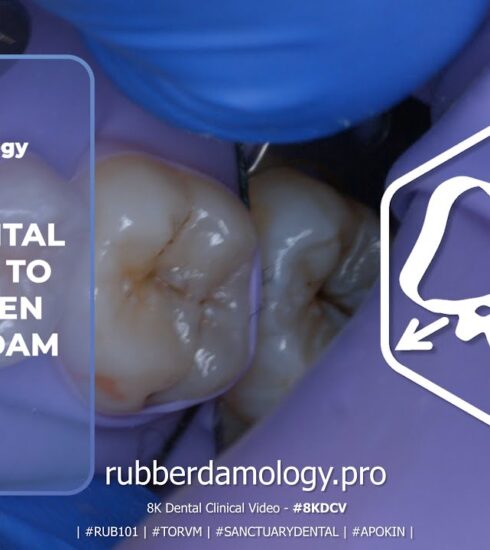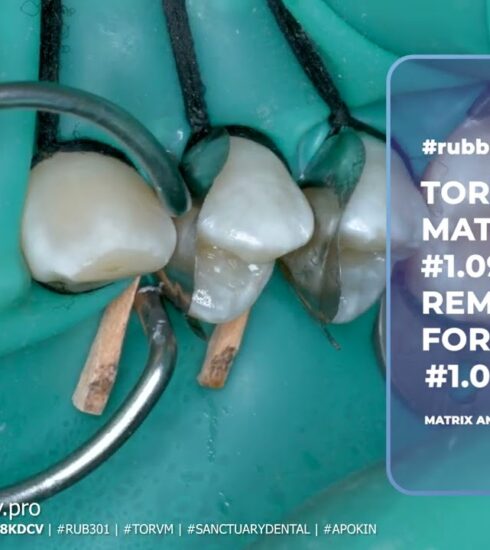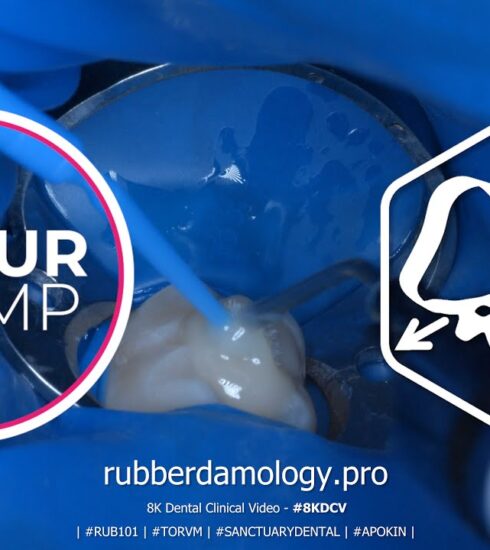Tooth isolation before endodontic treatment
Tooth isolation in endodontic treatments is crucial to prevent contamination during procedures such as etching, ensuring optimal bonding and treatment outcomes. Here’s a structured summary of the key points:
- Importance of Isolation:
- Prevents saliva or crevicular exudate from contacting enamel before etching.
- Maintains a clean environment for proper bonding.
- Methods of Isolation:
- Rubber Dam: Considered the most effective method, providing an optimal isolated field.
- Cotton Rolls and Absorbers: Used when rubber dam is not feasible; require careful handling to avoid contamination.
- Shade Matching:
- Isolate only the tooth being bleached or include adjacent teeth for shade comparison before treatment.
- Clinical Considerations:
- For combined endoperiodontal lesions, determine if the primary issue is endodontic or periodontal.
- Treat accordingly: Periodontal therapy first if it’s a secondary lesion; endodontic treatment if endo is primary.
- Determining Lesion Origin:
- Use clinical tests and imaging to assess whether the source is endodontic or periodontal.
- Additional Reading:
- Consult textbooks like “Endodontics: Principles and Practice” by Hargreaves.
- Review ADA journals for evidence-based guidelines on isolation techniques.
In summary, tooth isolation is vital in endodontic treatments to ensure cleanliness and accurate procedures. Proper methods vary based on clinical needs, and further reading can provide deeper insights into best practices.
- Dental Caries – Vimal K Sikri MDS, DOOP (PU), DEME (AIU), FICD Professor and Head Department of Conservative Dentistry and Endodontics and Principal/Dean Punjab Government Dental College and Hospital Amritsar, Punjab India – eISBN: 978-93-877-4217-8
- Essentials of Dentistry Quick Review and Examination Preparation Rushik Dhaduk BDS Tutor, Dharmsinh Desai University Nadiad, Gujarat, India ISBN 978-93-5025-368-7






